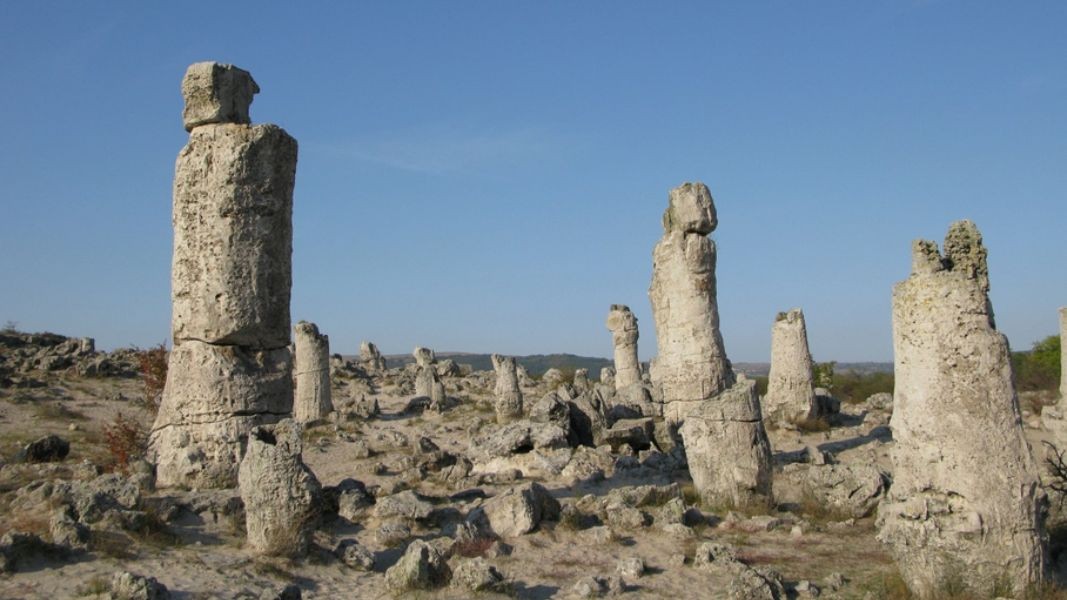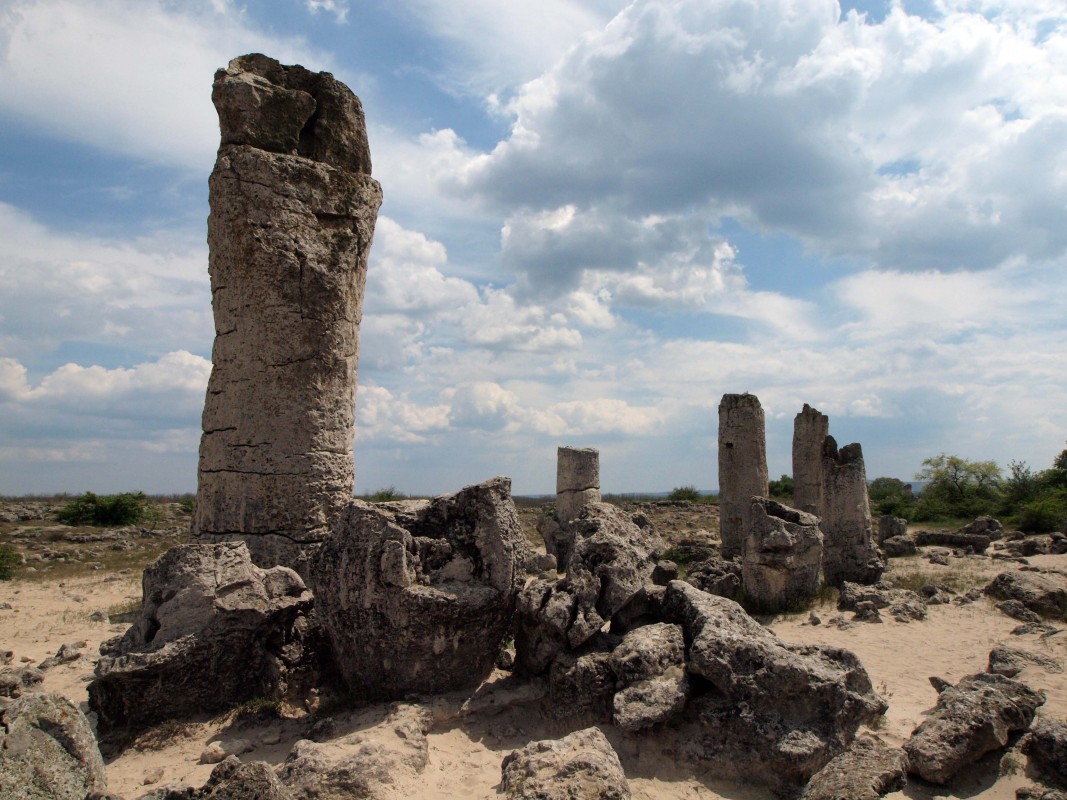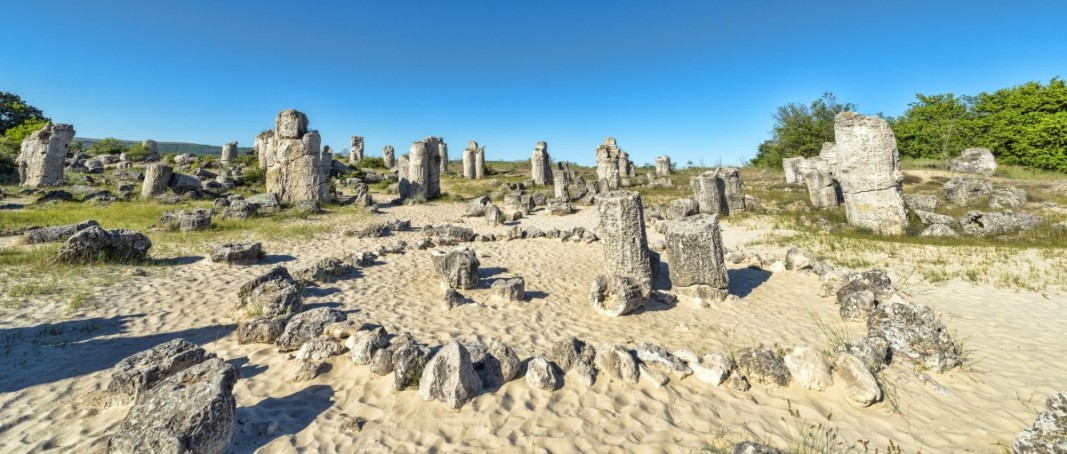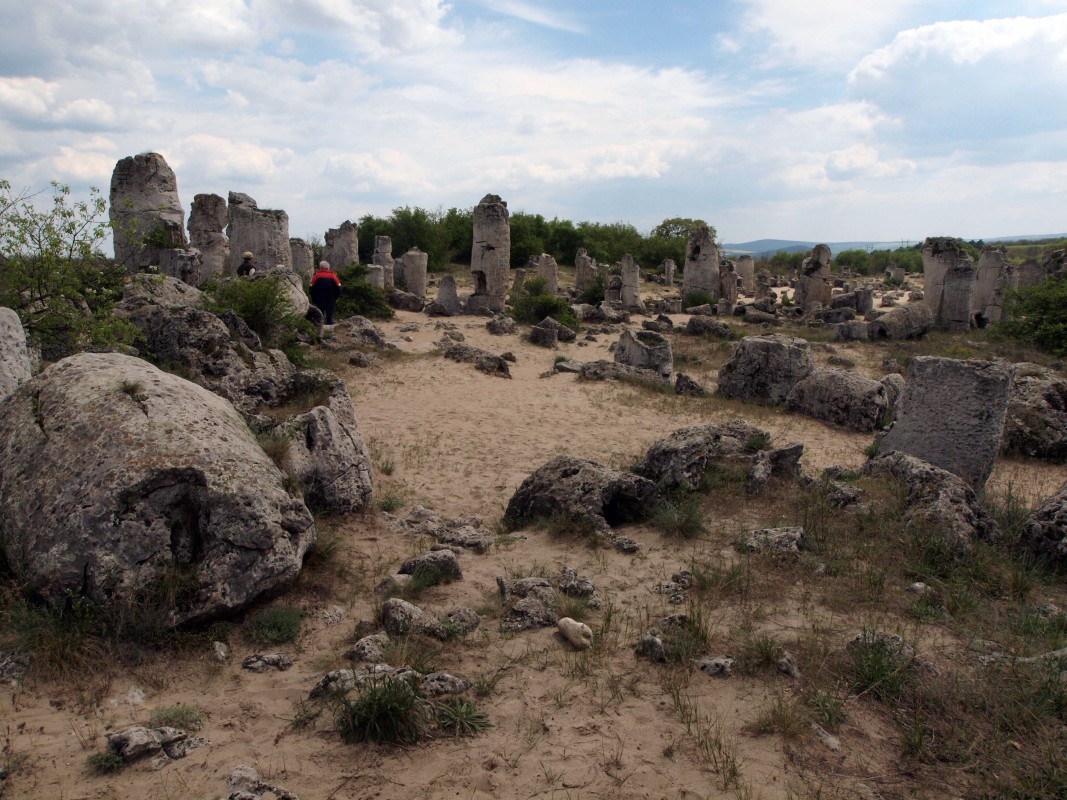



Minister of Tourism Evtim Miloshev opened the Tourism Forum "Bulgaria - Discover and Share" in Istanbul, Turkey. The forum aims to explore opportunities for cooperation between Bulgarian and Turkish tourism products. "I believe that there is significant..
A new historical complex in Troyan honours the heroism of local Bulgarians who took part in the Balkan Wars (1912-1913), the First World War and the Second World War. The complex presents the history of the 34th Troyan Infantry Regiment and its..
A little over 35% of Bulgarian adults have practiced various forms of health tourism in Bulgaria . This was said by the Deputy Minister of Tourism, Irena Georgieva, during a congress of the Bulgarian Union of Balneology and Spa Tourism in Burgas, BTA..

+359 2 9336 661
